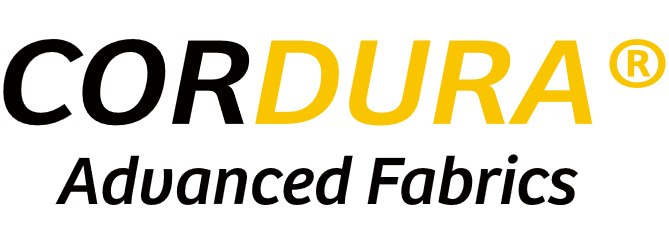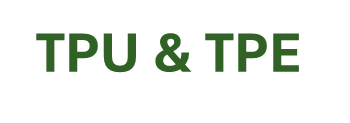
specially processed fabrics
Pruducts
방수 기능을 가진 코딩은 물론 디자인적으로 활용 할 수 있는 쇼텍스만의 특화된 특수가공 기법을 만나 보세요
.jpg)
TPU LAMINATION
(Thermoplastic Polyurethane)
.jpg)
1. Environmental Friendliness: TPU has a lower environmental impact in both manufacturing and usage processes compared to PVC.
2. Recyclability: TPU is a recyclable material, contributing to the effective utilization of renewable resources.
3. Performance Excellence: TPU Lamination fabric exhibits superior performance characteristics such as flexibility, durability, and resistance to abrasion, making it suitable for various applications.
4. Eco-Friendly Production Methods: TPU Lamination fabric from SHOWTEX includes Bluesign Approved production, adhering to environmentally certified methods, thus minimizing the environmental footprint during manufacturing.
5. Human and Non-Toxic: TPU is harmless to humans and does not contain toxic substances, ensuring safety in various applications.
6. Innovation and Technological Advancements: TPU is considered a modern material with evolving technological applications, making it a forward-looking choice in material technology.
**TPU Lamination fabric offers a range of benefits, including environmental sustainability, recyclability, superior performance, and a commitment to eco-friendly production practices.
TPU (Thermoplastic Polyurethane) LAMINATION Process:
.jpg)
.jpg)
**Highlighting our expansion with two new lines TPE & TPU, materials known for high abrasion resistance and waterproofing
.jpg)
SHOWTEX’s Preparations (Action Plan)
1.Transition to C0 Coating:
-All fabrics are being produced with C0 coatings instead of C6 as of 2024.
2. PVC Alternatives:
-Research and development on Rubber(PU Based PFAS Free), TPE and TPU coated fabrics.
3. Enhancing Market Competitiveness:
- Compliance with regulations banning harmful and non-degradable materials.
- Production of eco-friendly products aligning with increasing consumer preferences.
- Focus on research and development to ensure environmental protection, regulatory compliance,
and product safety, enhancing consumer trust.
**References :
- EWG: PFAS in Textiles](https://www.ewg.org)
- NRDC: PFAS as a Chemical Class in the Textile Sector](https://www.nrdc.org)
- Toxic-Free Future: California's PFAS Ban in Textiles](https://www.toxicfreefuture.org)

DOPE Dye
The DOPE Dyed coloring technique has a positive impact on the environment, much like using recycled fabrics. This innovative and efficient environmentally friendly manufacturing method directly adds dyes during the dyeing process, effectively reducing energy, water consumption, and waste. Moreover, it ensures a higher color fastness compared to traditional dyeing methods, preventing color fading even after multiple washes and maintaining resilience against UV exposure. This advantage can serve as a strong point for brands to gain consumer trust.
< DOPE Dye>
.jpg)
.jpg)
The traditional dyeing method involves weaving the fabric before dyeing it, resulting in substantial water and energy consumption, as well as generating a significant amount of waste during the process.





